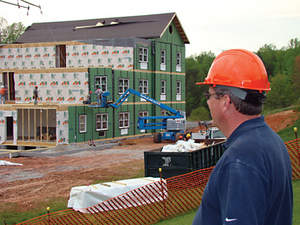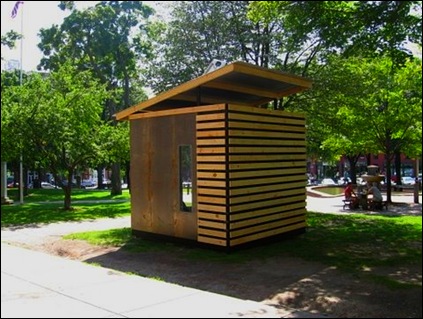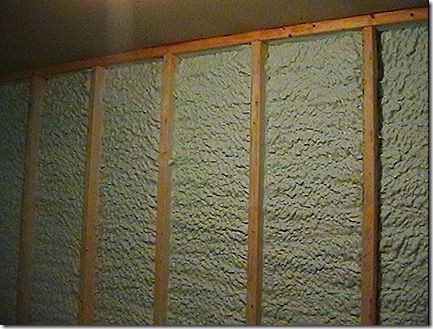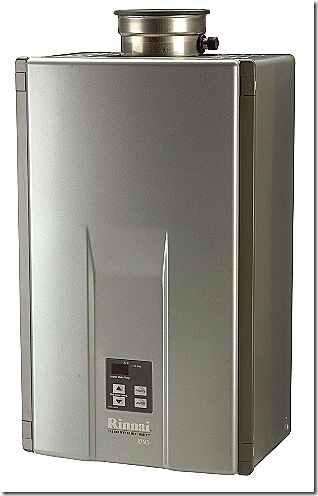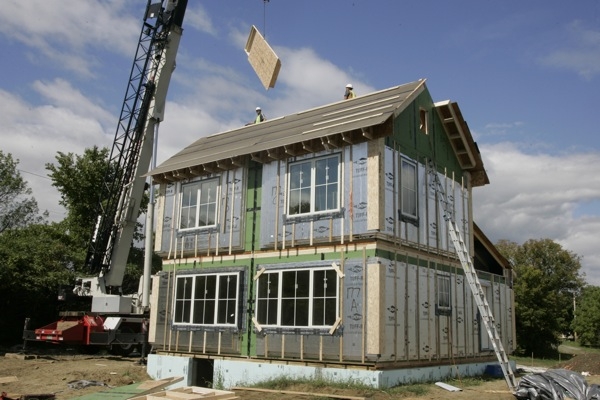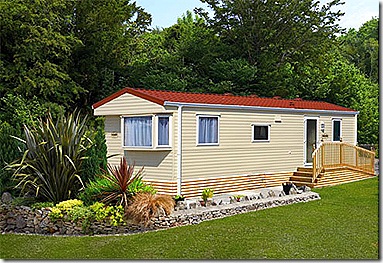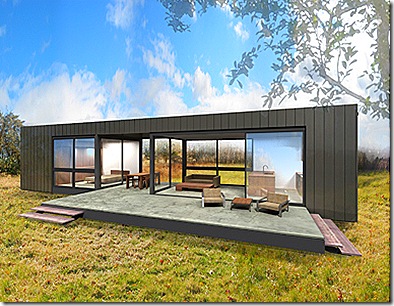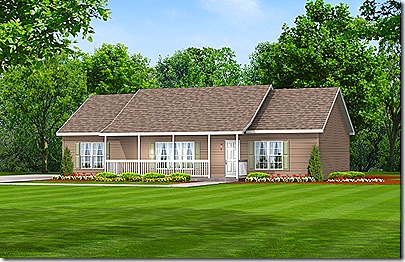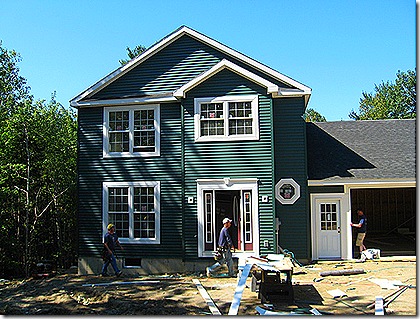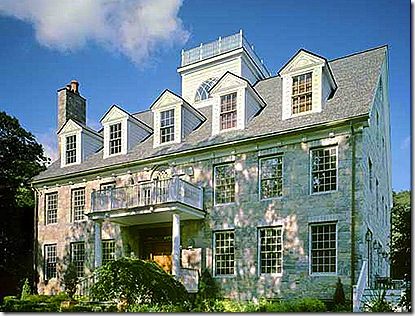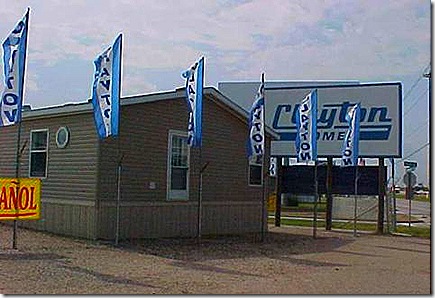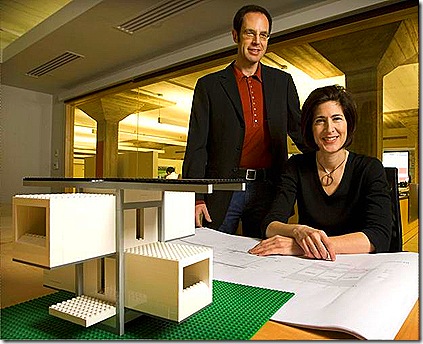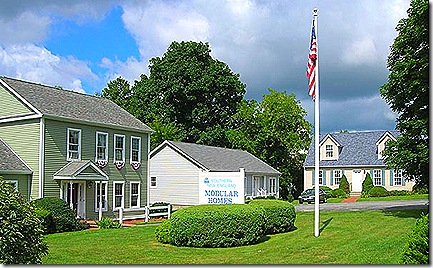With more than 25 units parked near the site Sunday, the crew started putting the sections into place at 7 a.m. Monday.
By 4:30 p.m., 17 of the "boxes" had been placed, and two hours later, 21 had been set. Before leaving, the crew covered the sections with heavy plastic to waterproof it. The western section of Dyer Hall, containing the stairways and end units to the three-story building, already had a roof in place.
Jeff Powell, vice president and general manager of Mod-U-Kraf Homes' Rocky Mount facility, said he hoped the final 21 sections would be in place by the end of the day Tuesday, but that would depend on the weather.
"The wind hindered us a little today when placing the sections, but the temperature was perfect," Powell said Monday. "With the forecasters calling for rain and possible storms tomorrow (Tuesday), we'll just have to wait and see."
All the units have been completed and the final ones are being transported from Rocky Mount to Ferrum.
The first student residential hall project, supplied by Mod-U-Kraf did at Ferrum College turned out very well, Powell said, and he is looking forward to this latest effort being completed as planned.
Paul Shively, local contractor, began grading the site early last month. It is adjacent to Clark Hall, overlooking Route 40 West and the Blue Ridge Institute and Museum's historic farm operation, as well as Chapman Pond.
Construction on Clark Hall, also a Mod-U-Kraf Homes project, started in the spring of 2008 and was occupied by students in the fall of that year.
Completion for the newest dorm is set for Aug. 15. The building will contain 31,000 square feet of space and will house a 1,000-square-foot conference room.
The new residence hall will house an overflow number of students who were houses in other locations on campus this school year, along with new students attending Ferrum College this fall for the first time.
Dr. Jennifer Braaten, college president, said last fall that some students had to live three-to-a-room for several weeks before being housed in rooms that were preplanned for faculty office spaces.
"We anticipated the need for additional living space with the fall term approaching," she said.
"We also are fortunate to have a strong working relationship with Mod-U-Kraf Homes, the nation's leading manufacturer of system-built housing," Braaten said. "So together, we will be able to provide it (additional space)."
Ferrum College's present enrollment is approximately 1,400, according to Braaten.
